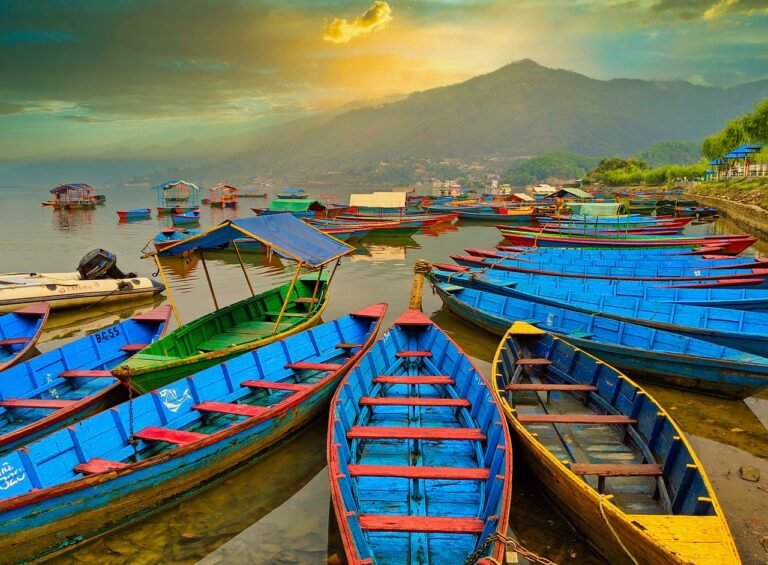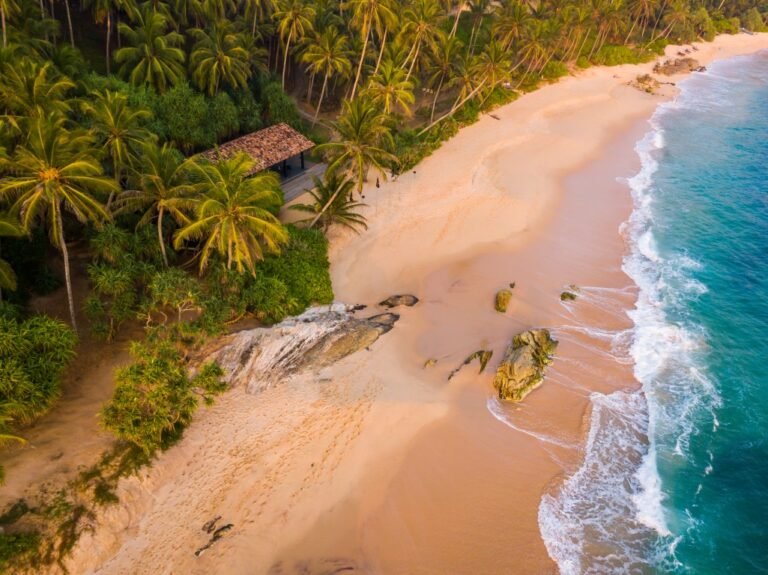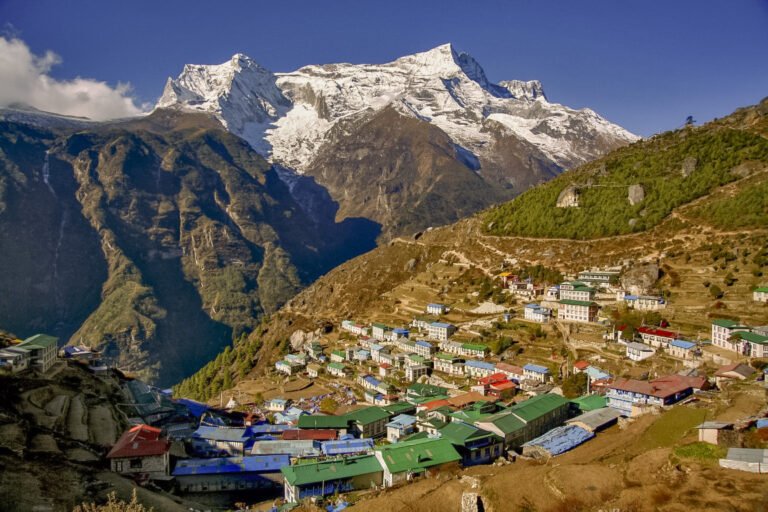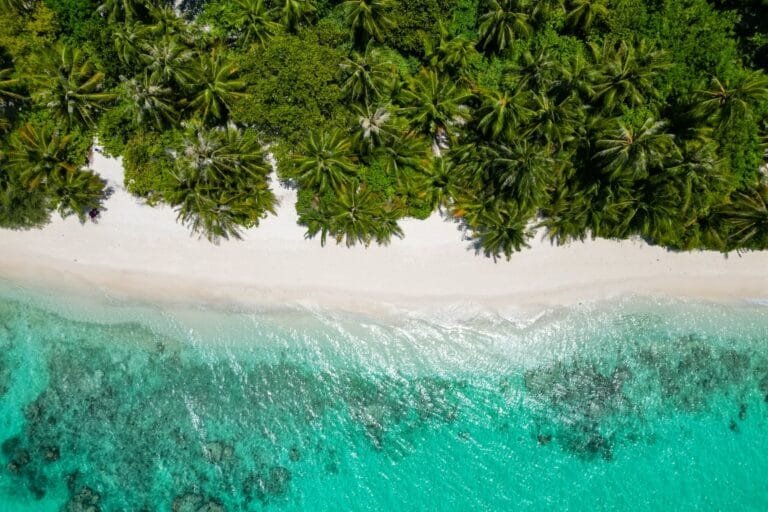Kathmandu Travel Guide
Explore Nepal’s vibrant capital city
Welcome to Kathmandu
When you first come to this historical city, you will be surprised by what you see or experience. ‘Chaotic,’ ‘dirty,’ and ‘loud’ are words that will come to your mind the very first time. Street vendors nagging, car horns, rubbish on the street, and the thick air pollution will frustrate you.
But when you look past all these things, you will find that Kathmandu is an incredibly unique city with the friendliest people; they will always greet you with a smile and “Namaste” wherever you go. This city is famous for its history, culture, and adventure. Kathmandu offers a unique blend of ancient traditions and modern life.
Quick Facts
- Capital City: Nepal’s capital and largest city
- History: Over 2,000 years old, formerly known as Kantipur
- Population: Over 862,000 people
- Altitude: ~1,400 meters above sea level
- Religion: Hinduism 81.2%, Buddhism 8.2%, Islam 5.1%, others
- Tourist Hub: Thamel area
Top 5 Reasons to Visit Kathmandu
Cultural Richness
Home to several UNESCO World Heritage Sites, including Swayambhunath, Boudhanath Stupa, and Pashupatinath Temple.
Vibrant Thamel Area
A tourist haven, offering bustling markets, lively nightlife, and diverse culinary experiences.
Gateway to Trekking
Starting point for famous trekking routes like Everest Base Camp trek and Annapurna Circuit.
Traditional Markets
Explore traditional markets like Ason Bazaar for local handicrafts, spices, and traditional goods.
Friendly Locals
Kathmandu’s friendly and welcoming locals add to the charm, making visitors feel at home.
Best Time to Visit Kathmandu
Kathmandu enjoys a moderate climate, making it a year-round destination. However, the best times to visit are during spring (March to May) and autumn (September to November).
Spring
(Mar-May)
15-25°C
Pleasant temperatures, blooming flowers
Summer
(Jun-Aug)
19-29°C
Monsoon season, heavy rainfall
Autumn
(Sep-Nov)
15-23°C
Clear skies, perfect for trekking
Winter
(Dec-Feb)
2-17°C
Cold nights, clear mountain views
Traveler’s Tip
Avoid the monsoon season (June to August), when heavy rains can disrupt travel plans, cause landslides, and obscure mountain views.
Getting to Kathmandu
Kathmandu is well connected to the rest of the world via Tribhuvan International Airport (TIA). Direct flights are available from many countries, including India, China, Thailand, the UAE, and Qatar.

Transportation Options from Airport to City Center
Taxi
Most common option, 15-30 minute drive depending on traffic
Cost: NPR 700-1000 (~$6-8)
Airport Bus
Public buses available outside the terminal
Cost: NPR 50-100 (~$0.40-0.80)
Hotel Pickup
Many hotels offer airport transfer services
Cost: Often free or NPR 800-1200 (~$7-10)
Traveler’s Tip
Negotiate taxi fares before the ride as Kathmandu taxis rarely use meters.
Where to Stay in Kathmandu
Kathmandu offers a wide range of accommodations, from budget-friendly hostels to luxury hotels. The most popular areas to stay are Thamel, Boudhanath, and Patan.
Thamel
The tourist hub filled with hundreds of hotels, restaurants, cafes, shops, and trekking agencies. Best for budget travelers and those looking to be at the center of the action.
Recommended Hotels:
- Kathmandu Guest House
- Hotel Mums Home
- Ambassador Garden Home
Price Range: $20-$100 per night
Boudhanath
For a more peaceful and spiritual stay, Boudhanath offers a serene environment near the famous stupa.
Recommended Hotels:
- Hyatt Regency Kathmandu
- Aarya Chaitya Inn
- Hotel Tibet International
Price Range: $40-$150 per night
Patan (Lalitpur)
Just south of Kathmandu, Patan offers a more relaxed vibe with a focus on art, culture, and history.
Recommended Hotels:
- Hotel Himalaya
- Boutique Heritage Home
- Shaligram Hotel
Price Range: $30-$120 per night
Top Things to Do in Kathmandu
Kathmandu, the capital of Nepal, is rich in history, culture, and natural beauty. From ancient temples to breathtaking viewpoints and bustling markets, the city offers endless experiences.

Explore Durbar Square
Kathmandu Durbar Square, a UNESCO World Heritage site, is the heart of the old city. This historic area is home to stunning architecture, ancient temples, and palaces dating back to the late 14th to mid 17th century.
Must-see attractions include the Kumari Ghar, where the living goddess Kumari resides, and the Hanuman Dhoka Palace Museum.

Visit Swayambhunath (Monkey Temple)
Located on a hilltop, Swayambhunath Stupa is one of the most iconic religious sites in Nepal. Also known as the Monkey Temple due to the population of monkeys that roam the area, the stupa offers panoramic views of the Kathmandu Valley.
The mix of Buddhist and Hindu symbolism makes Swayambhunath a culturally significant site.

Boudhanath Stupa
Another UNESCO World Heritage site, Boudhanath Stupa is one of the largest Buddhist stupas in the world. It’s a significant pilgrimage site for Tibetan Buddhists and is surrounded by monasteries, shops, and cafes.
The stupa’s massive white dome, adorned with colorful prayer flags, creates a visually stunning atmosphere.

Pashupatinath Temple
One of the holiest temples for Hindus, Pashupatinath is located on the banks of the Bagmati River. The temple complex is a UNESCO World Heritage site and a center for pilgrimage.
Although non-Hindus are not allowed inside the main temple, the surrounding area is fascinating to explore, especially during festivals like Maha Shivaratri.
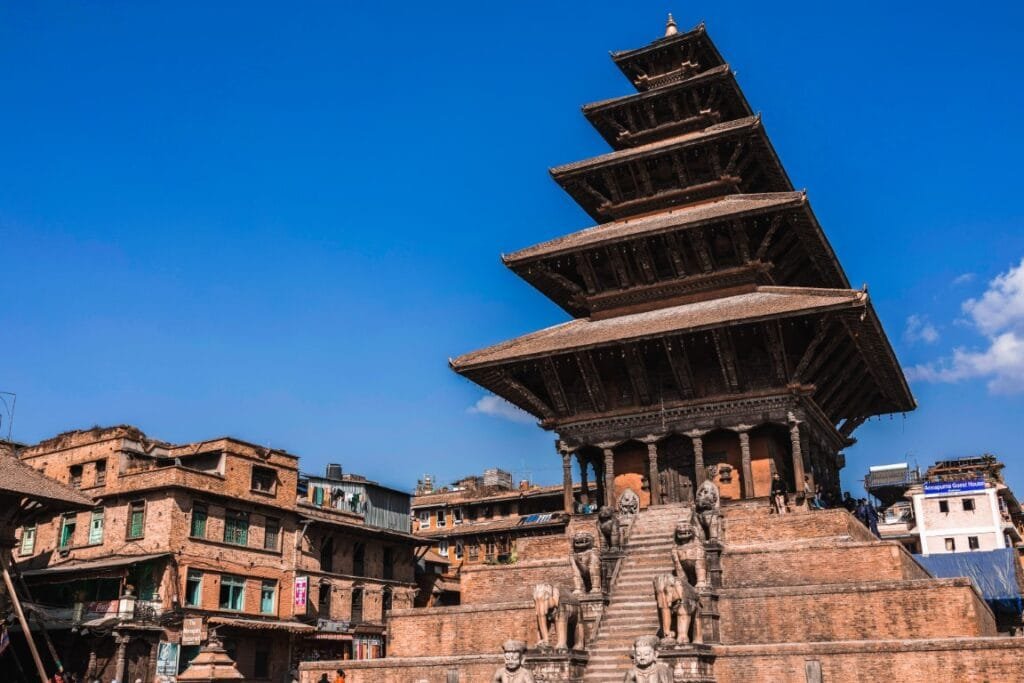
Patan (Lalitpur)
Just across the Bagmati River from Kathmandu, Patan is another historic city famous for its ancient Durbar Square and its rich artistic heritage.
Patan Museum is a highlight, showcasing traditional Nepali art, including beautiful bronze sculptures. Patan’s quieter streets and hidden courtyards offer a peaceful escape from the chaos of central Kathmandu.
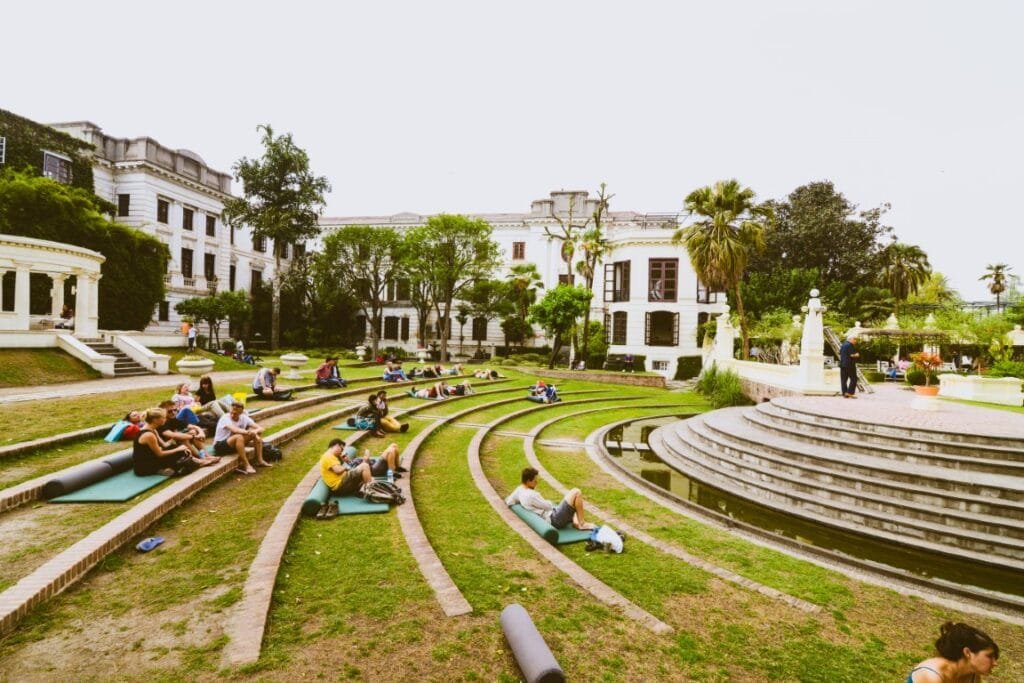
Garden of Dreams
For a relaxing break, visit the Garden of Dreams, an Edwardian-style Garden located near Thamel. It’s a beautifully landscaped space with fountains, pavilions, and cozy corners to read a book or have tea.
The garden also hosts cultural events and performances.
Local Markets and Shopping
Kathmandu offers a diverse shopping experience, ranging from bustling street markets to boutique shops selling handicrafts, textiles, and traditional art.
Asan Bazaar
One of the oldest and most vibrant markets in Kathmandu
- Spices & herbs
- Textiles & fabrics
- Fresh produce
- Household items
Thamel
Tourist district with countless shops and stalls
- Trekking gear
- Pashmina shawls
- Singing bowls
- Thangka paintings
Patan
Known for its metalwork and traditional art
- Bronze statues
- Jewelry
- Traditional art
- Pottery
Traveler’s Tip
Bargaining is common in Kathmandu, so don’t hesitate to negotiate prices in local markets. Start by offering around 40-50% of the initial asking price and work your way up.
Getting Around Kathmandu
Kathmandu can be a chaotic city to navigate due to traffic and narrow streets, yet there are several ways to get around.
Taxis
Widely available throughout the city
Rickshaws
Three-wheeled pedal-powered vehicles
Walking
Ideal way to explore many attractions
Motorbikes & Scooters
Rental options for independent travelers
Navigation Tips
- Download offline maps (Google Maps or Maps.me) before exploring
- Major landmarks are excellent reference points for navigation
- Ask your hotel to write destinations in Nepali for showing to taxi drivers
Food and Dining in Kathmandu
Nepali cuisine is a blend of flavors influenced by Tibetan, Indian, and Chinese culinary traditions. Kathmandu offers a variety of dining options, ranging from street food stalls to fine dining restaurants.
Must-Try Local Dishes
Dal Bhat
Traditional Nepali meal of lentil soup, rice, and curry
Momos
Nepali dumplings filled with vegetables or meat
Chatamari
Newari rice crepe, often called “Nepali pizza”
Yomari
Rice flour dumplings with sweet fillings
Popular Restaurants
OR2K
Popular vegetarian restaurant in Thamel
Bhojan Griha
Traditional Nepali dining experience
Third Eye Restaurant
Excellent traditional food in Thamel
Traveler’s Tip
Make sure to try a cup of Masala Chai or butter tea, especially after a day of sightseeing. For an authentic experience, look for restaurants where locals eat!
Safety and Health Tips
Pollution
Kathmandu can be dusty and polluted, especially during dry seasons. Consider wearing a mask if you’re sensitive to pollution.
Tap Water
Avoid drinking tap water; stick to bottled or filtered water. Be cautious with ice and raw vegetables in less established restaurants.
Pickpocketing
Keep an eye on your belongings in crowded areas, especially in tourist spots and busy markets like Thamel.
Health Checklist
- Pack basic medications (painkillers, anti-diarrhea medicine, etc.)
- Consider travel insurance that covers medical evacuation
- Use sunscreen and stay hydrated, especially at higher altitudes
- Know the location of hospitals and clinics (CIWEC and Nepal Medical College are recommended for tourists)
Conclusion
Kathmandu is a captivating city that blends ancient traditions with modern-day activities. Whether you’re exploring sacred temples, wandering through historic squares, or enjoying a meal in a local restaurant, Kathmandu offers a unique experience that reflects the spirit and culture of Nepal.
With its rich history, stunning architecture and vibrant atmosphere, Kathmandu is sure to leave a lasting impression on every traveler.

